


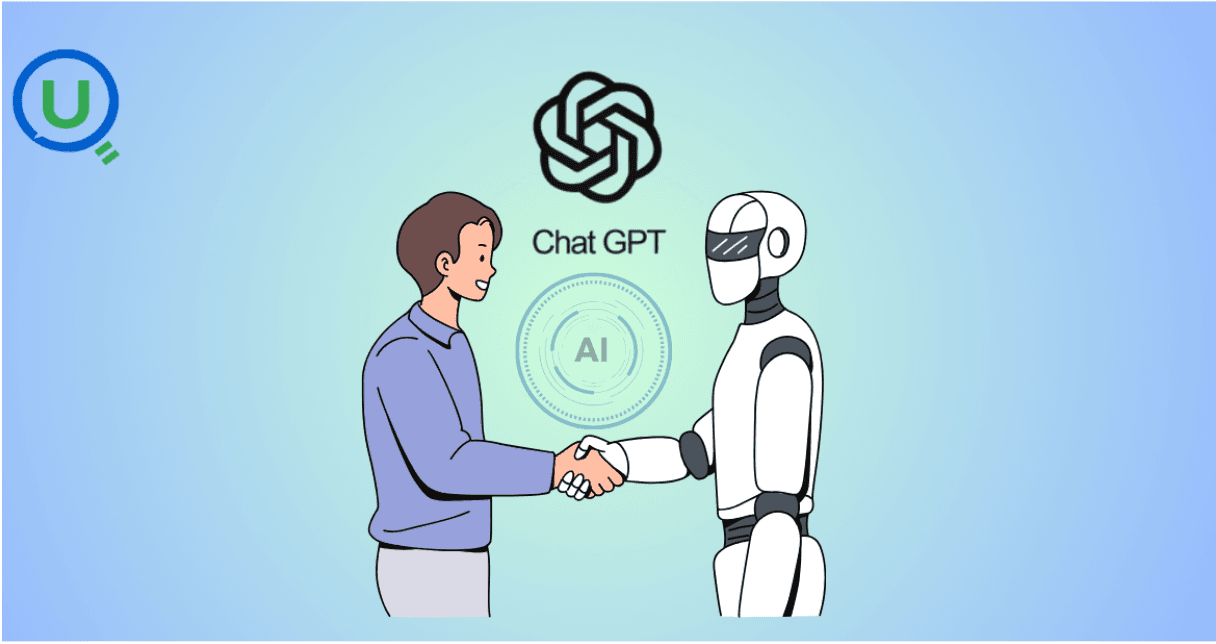
In the era of digital healthcare, the medical field is experiencing a revolution in the way patient information is handled and processed. Central to this transformation is the rise of AI tools like ChatGPT, which are rapidly changing the landscape of clinical data management. With the growing complexity of medical records, clinical trials, and regulatory compliance, healthcare professionals are increasingly turning to artificial intelligence to streamline data workflows, reduce manual effort, and improve accuracy.
But how exactly are GPT models like ChatGPT influencing this field? And what does the future look like for clinical data management powered by AI?
Let’s explore how these technologies are reshaping one of the most critical pillars of modern healthcare.
Clinical data management (CDM) refers to the collection, cleaning, and management of data generated during clinical trials. The goal is simple: ensure that the data collected from participants is accurate, complete, and reliable so that regulatory authorities can evaluate the safety and effectiveness of new drugs and treatments.
However, managing this data is far from simple. A single clinical trial can generate thousands of data points across multiple systems—patient records, lab results, imaging, wearable devices, and more. Manual data entry, inconsistency in formats, and human error can all lead to delays and mistakes that have serious implications for patient safety and drug approval timelines.
This is where AI tools like ChatGPT and other GPT models are making a real difference. By automating routine tasks, improving data quality, and enabling natural language interaction with data, these tools are revolutionizing how healthcare professionals handle and interpret information. The combination of clinical data management GPT models is creating a smarter, more efficient approach to handling healthcare data.
Let’s take a closer look at the specific ways in which GPT models and AI tools are transforming clinical data management processes.
Manual data entry is one of the most time-consuming and error-prone tasks in clinical trials. AI-powered language models like ChatGPT can automate this process by extracting relevant information from unstructured documents such as physician notes, lab reports, and patient questionnaires. This reduces the burden on clinical staff and minimizes transcription errors.
Furthermore, these models can help standardize terminology and formats across different data sources, ensuring consistency and improving interoperability—two key requirements in clinical trials. This is a major strength of clinical data management GPT models, which are designed to reduce variation and improve the structure of medical datasets.
One of the most exciting benefits of using GPT models in clinical data management is their ability to understand and respond to natural language queries. Traditionally, accessing specific patient data or trial results required complex database queries written in SQL or specialized software.
With tools like ChatGPT, clinical researchers can simply ask questions like:
“How many patients experienced side effects in trial phase 2?”
“Show me the blood pressure trends over the last three visits.”
This human-like interaction with data enables faster insights and empowers non-technical users to engage more directly with complex datasets. Clinical data management GPT models allow researchers to interact with data more naturally and intuitively, reducing the learning curve.
AI tools are particularly effective at identifying outliers, inconsistencies, and missing data in large datasets. GPT models can be trained to scan through clinical trial entries and flag unusual patterns or potential issues—such as mismatched units, illogical timestamps, or contradictory entries.
By proactively detecting these anomalies, AI helps maintain the integrity of clinical data and prevents costly delays in trial approvals. When used as part of a clinical data management GPT models framework, this capability ensures cleaner, more reliable datasets across the trial lifecycle.
Clinical data management is subject to strict regulatory requirements from bodies like the FDA, EMA, and other global health authorities. These regulations demand extensive documentation, traceability, and adherence to data quality standards.
ChatGPT and similar AI models can assist in generating regulatory reports, validating documentation, and cross-referencing data to ensure compliance. This not only saves time but also reduces the risk of rejection due to incomplete or poorly structured data. This is another area where clinical data management GPT models are proving their value—by helping organizations stay audit-ready and compliant at every step.
Given the sensitive nature of medical data, it’s only natural to ask: Can AI tools like ChatGPT be trusted to handle clinical data safely and ethically?
While GPT models are incredibly powerful, their use in healthcare must be guided by strong ethical standards and security protocols. Data privacy, HIPAA compliance, and secure infrastructure are essential components of any AI-based clinical data management system.
Fortunately, many healthcare organizations are now deploying AI tools in secure environments with access controls, audit trails, and encrypted communication. In addition, GPT models can be fine-tuned to operate within strict boundaries, ensuring they provide accurate support without overstepping privacy rules.
It’s also worth noting that AI tools are not intended to replace human experts but to assist them. The final decision-making still rests in the hands of qualified clinical data managers, doctors, and researchers. By integrating clinical data management GPT models within secure, well-regulated systems, organizations can balance innovation with responsibility.
As AI continues to evolve, the integration of tools like ChatGPT into clinical data management will only deepen. Here’s a look at what lies ahead:
Soon, clinical staff may have virtual assistants that not only answer queries but also provide proactive suggestions, reminders for regulatory deadlines, and automatic data summaries after each trial phase.
GPT models are capable of understanding and translating multiple languages. This can dramatically improve global clinical trials by removing language barriers in patient-reported outcomes and medical histories.
With the rise of wearable health devices and remote monitoring, GPT-based systems can help process incoming data in real time, alerting medical teams to urgent trends or abnormalities that require immediate attention.
AI tools can help prioritize monitoring efforts by identifying high-risk patients, data sites, or protocols. This makes the entire trial process more efficient and focused, especially when resources are limited.
In conclusion, clinical data management is undergoing a dramatic shift, thanks to the integration of AI technologies like ChatGPT and other GPT models. These tools are helping healthcare professionals work faster, smarter, and more accurately—whether it’s through automation, improved data analysis, or better compliance support.
By leveraging the capabilities of clinical data management GPT models, organizations can transform how they handle everything from trial setup to patient monitoring, while ensuring high standards of accuracy and security.
At Enqurious, we believe in harnessing the power of advanced AI tools to make data work better for healthcare providers and patients alike. Our mission is to simplify complex processes—like clinical data management—by combining cutting-edge GPT technologies with deep domain expertise. Whether you're managing a clinical trial or improving patient care systems, Enqurious is here to help you unlock insights, ensure accuracy, and drive smarter outcomes in the world of healthcare. Talk to our expert and unlock your learning path today!

A practical walkthrough of how I reduced heavy batch workloads using Change Data Feed (CDF) in Databricks. This blog shows how CDF helps process only updated records, cutting compute costs and boosting pipeline efficiency.

I dropped a table in Snowflake, then queried to verify it was gone. The system said it doesn't exist, but also showed it consuming 3.57 MB. That contradiction led me down a rabbit hole of metadata delays, missing commands, and hidden costs. Here's what I discovered.
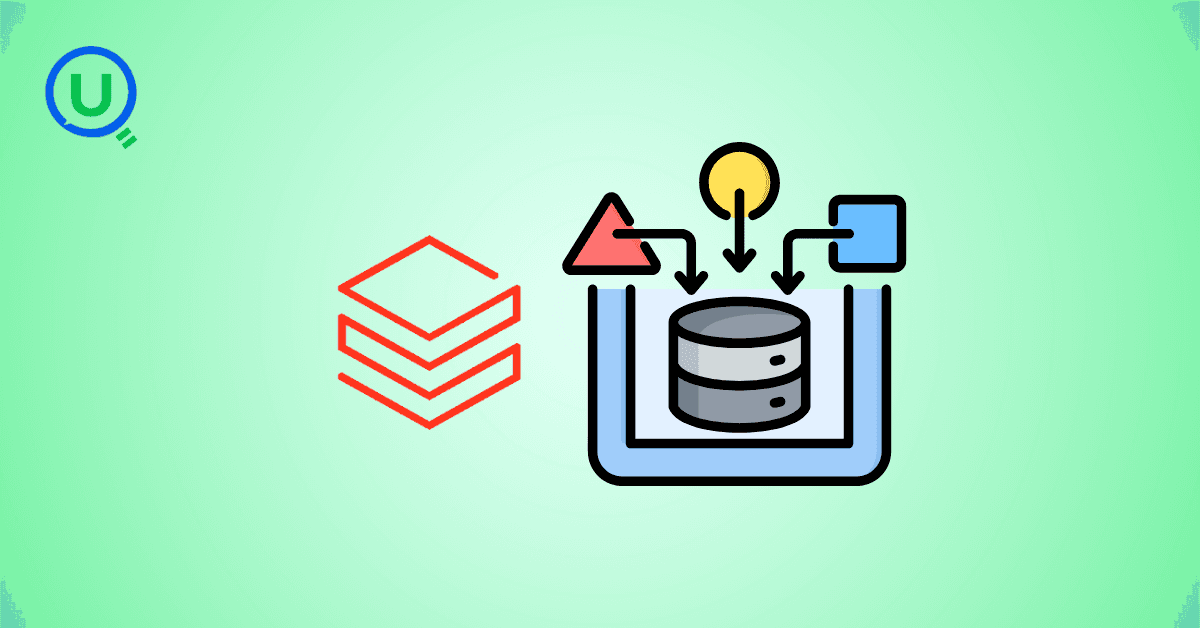
The AI industry has a security problem: data scientists aren't trained in security, ML engineers are working with black-box models, and security pros don't understand GenAI. Learn about the frameworks and tools bridging this gap—from Llama Guard to Databricks' safety features.

Why DELETE isn’t enough under GDPR, and how Time Travel can make sensitive data reappear unless VACUUM is used correctly.

This blog shares my personal journey into Snowflake Gen AI, from early confusion to hands-on clarity. It offers practical study tips, common pitfalls, and guidance to help you prepare effectively and understand Snowflake’s evolving AI capabilities.

Started scrolling Instagram at 2 AM. Saw Cloudflare memes. Fell down a 4-hour research rabbit hole. Discovered that AND database = 'default' could have prevented the whole thing. My sleep schedule is ruined but at least I understand distributed systems now.

Discover the top 10 data pipeline tools every data engineer should know in 2025. From Airflow to Fivetran, learn how each tool powers modern data workflows, supports real-time analytics, and scales across cloud ecosystems.
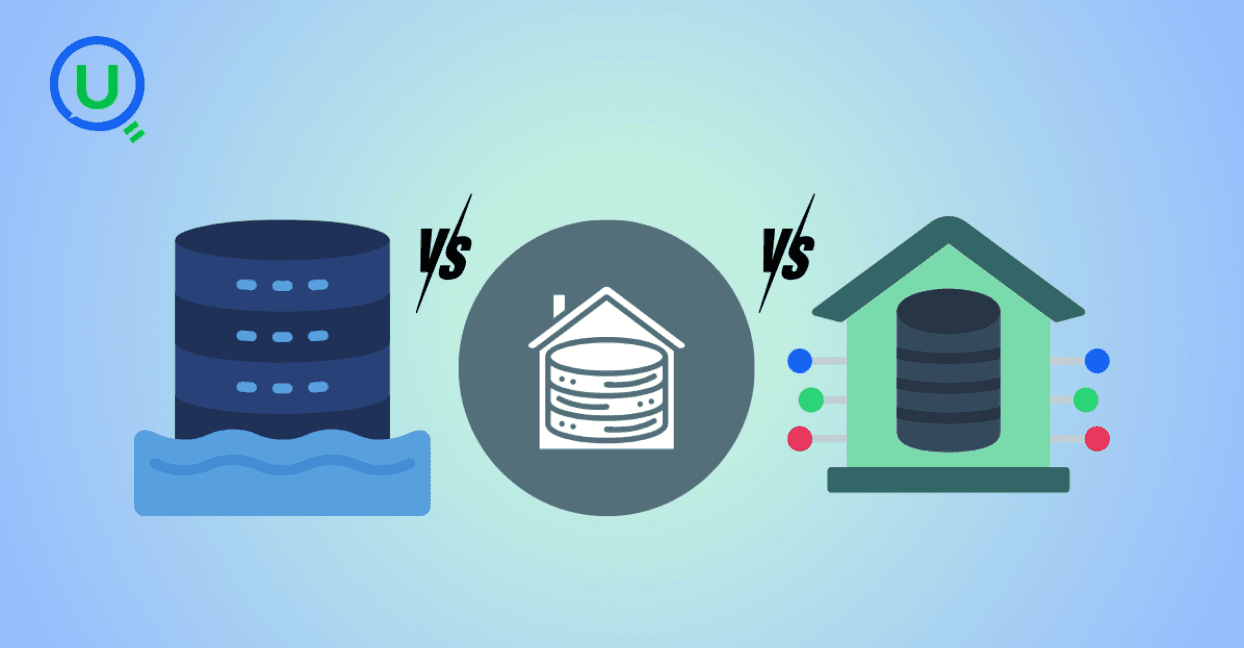
Confused between a data lake, data warehouse, and data mart? Discover key differences, real-world use cases, and when to use each architecture. Learn how to build a modern, layered data strategy for scalability, governance, and business insights.

Explore what syntax means in the world of data and AI—from SQL and Python to JSON and APIs. Learn why syntax matters, common errors, real-world examples, and essential best practices for data engineers, analysts, and AI developers in 2025.
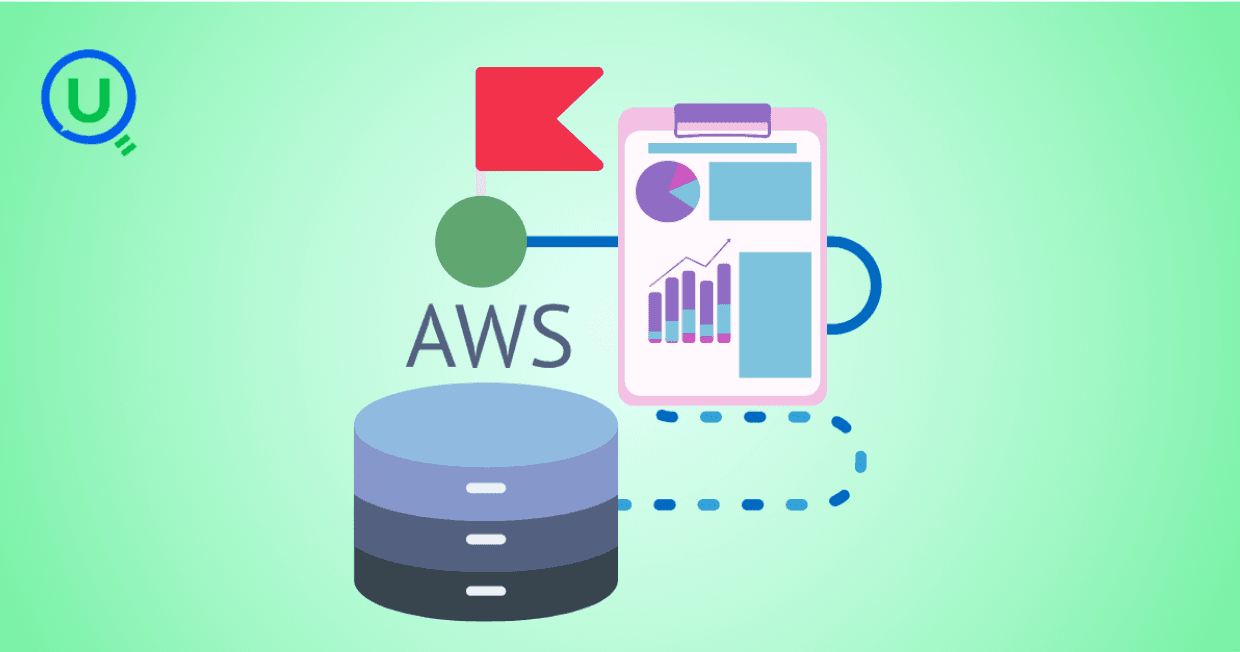
Discover how AWS Data Pipeline helps automate data movement and transformation across AWS services like S3, Redshift, and EMR. Learn its key features, benefits, limitations, and how it compares to modern tools like AWS Glue and MWAA.

Learn how to build scalable and secure data pipeline architectures in 2024 with best practices, modern tools, and intelligent design. Explore key pillars like scalability, security, observability, and metadata tracking to create efficient and future-proof data workflows.
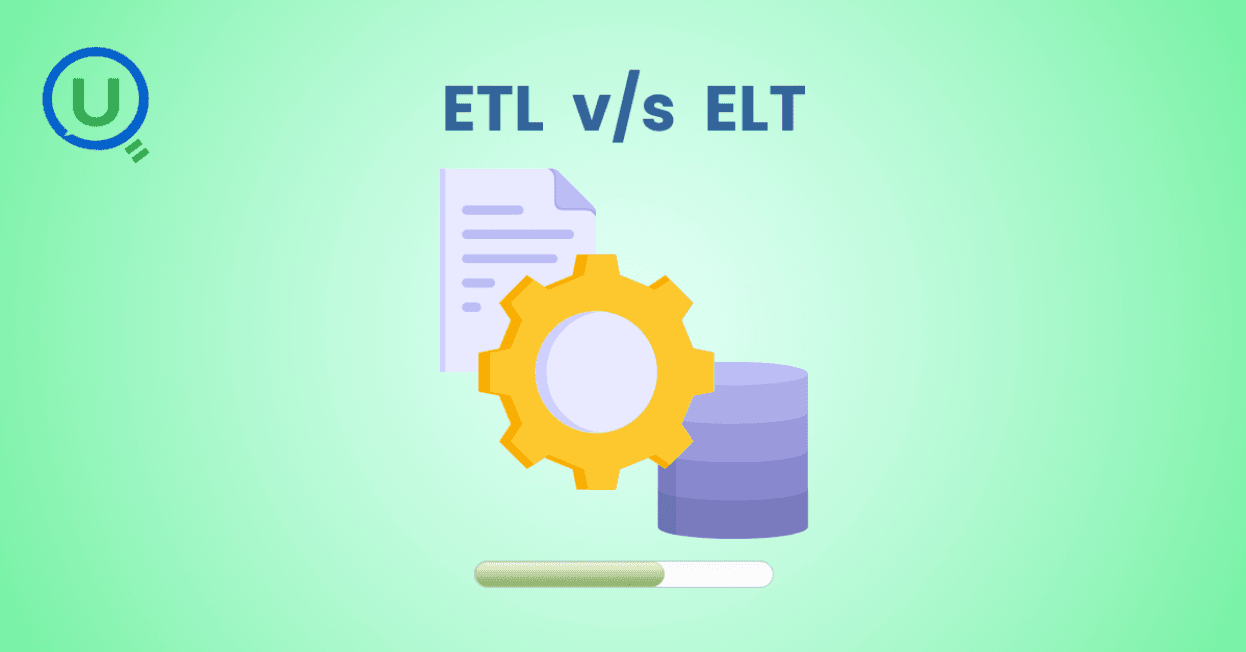
Explore the key differences between ETL and ELT data integration methods in this comprehensive guide. Learn when to choose each approach, their use cases, and how to implement them for efficient data pipelines, real-time analytics, and scalable solutions.
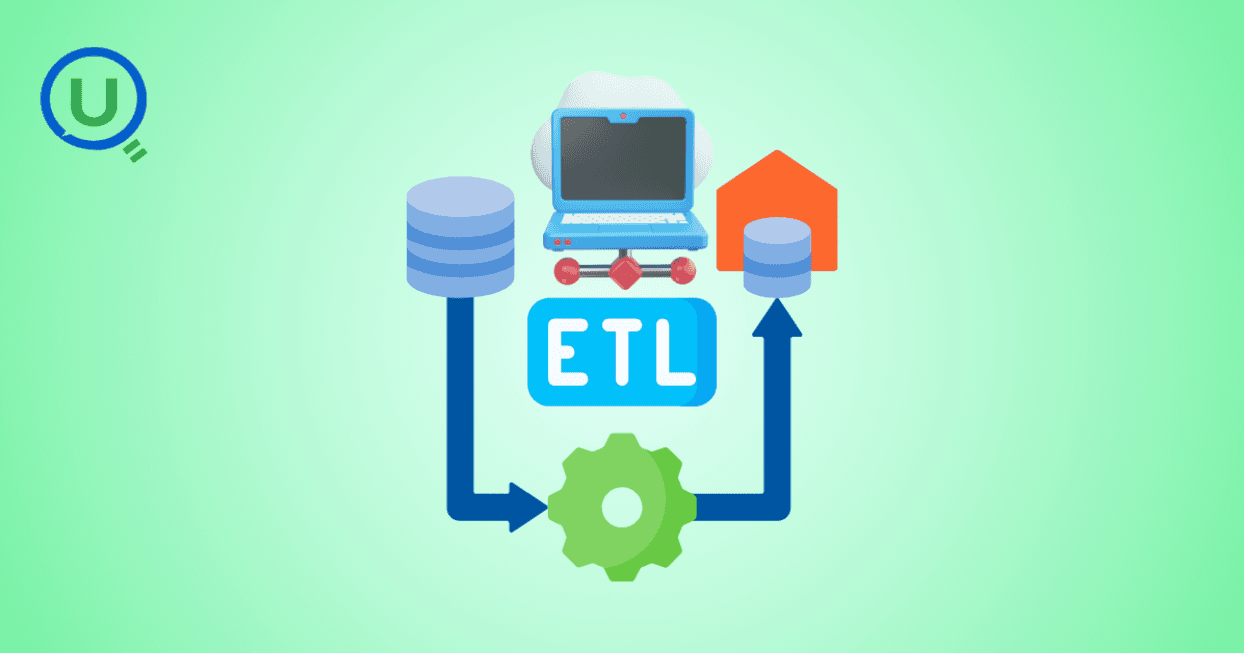
Learn the essential role of ETL (Extract, Transform, Load) in data engineering. Understand the three phases of ETL, its benefits, and how to implement effective ETL pipelines using modern tools and strategies for better decision-making, scalability, and data quality.

Discover why data orchestration and analysis are essential for modern data systems. Learn how automation tools streamline data workflows, boost insights, and scale with your business

Learn what a data ingestion pipeline is, why it's vital for modern analytics, and how to design scalable, real-time pipelines to power your data systems effectively.

Discover the top 15 data warehouse tools for scalable data management in 2024. Learn how to choose the right platform for analytics, performance, and cost-efficiency.

Confused between a data mart and a data warehouse? Learn the key differences, use cases, and how to choose the right data architecture for your business. Explore best practices, real-world examples, and expert insights from Enqurious.

Discover the top 10 predictive analytics tools to know in 2025—from SAS and Google Vertex AI to RapidMiner and H2O.ai. Learn why predictive analytics is essential for modern businesses and how to choose the right tool for your data strategy.

Explore the key differences between descriptive and predictive analytics, and learn how both can drive smarter decision-making. Discover how these analytics complement each other to enhance business strategies and improve outcomes in 2025 and beyond.

Explore the key differences between predictive and prescriptive analytics, and learn how both can drive smarter decisions, enhance agility, and improve business outcomes. Discover real-world applications and why mastering both analytics approaches is essential for success in 2025 and beyond.

Compare PostgreSQL vs SQL Server in this comprehensive guide. Learn the key differences, strengths, and use cases to help you choose the right database for your business needs, from cost to performance and security.
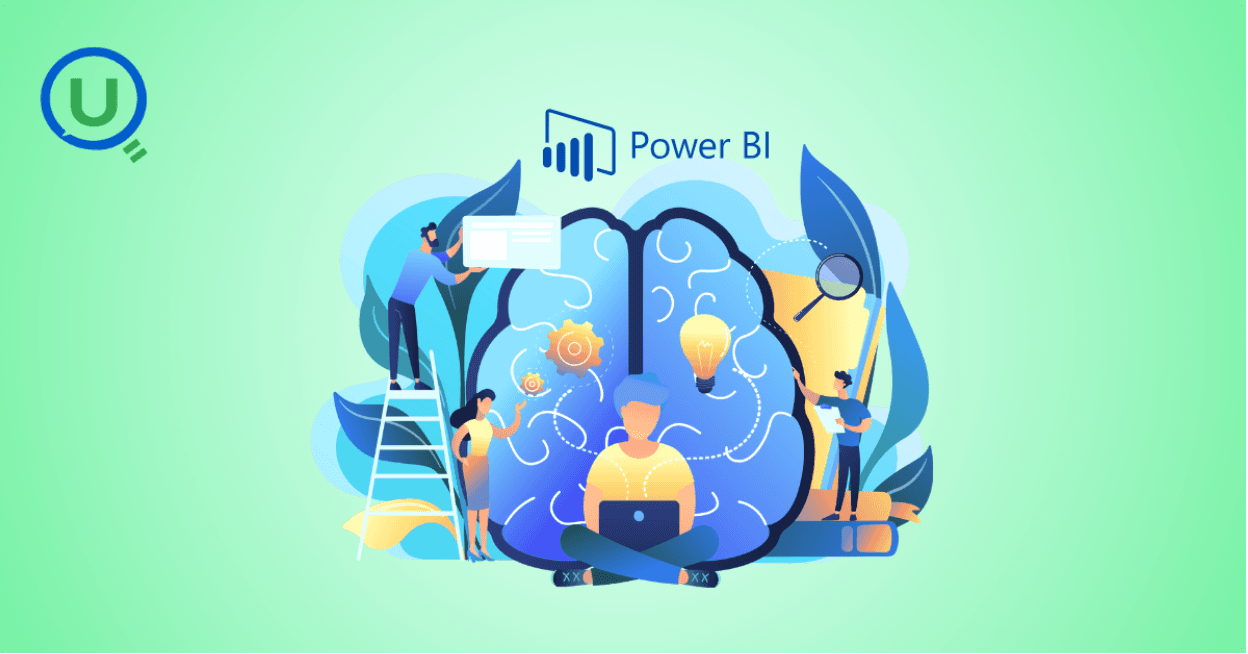
Learn what Power BI is and how it works in this beginner's guide. Discover its key features, components, benefits, and real-world applications, and how it empowers businesses to make data-driven decisions.

Explore what a Business Intelligence Engineer does—from building data pipelines to crafting dashboards. Learn key responsibilities, tools, and why this role is vital in a data-driven organization.
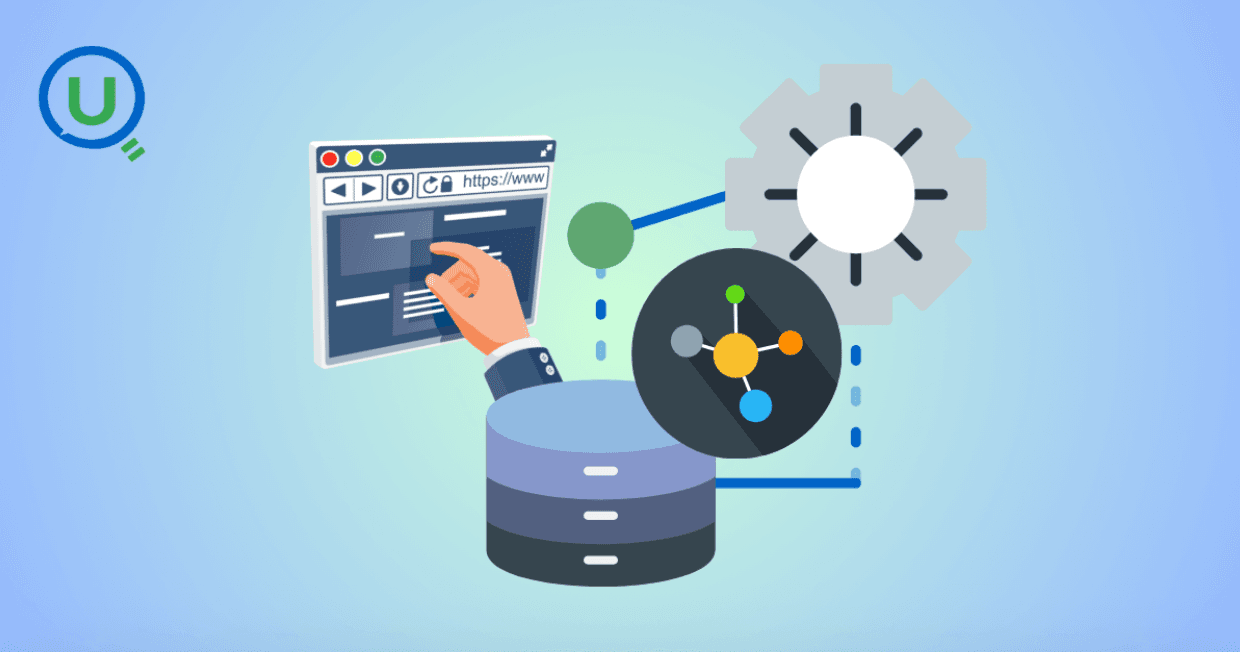
Discover why data lineage is essential in today’s complex data ecosystems. Learn how it boosts trust, compliance, and decision-making — and how Enqurious helps you trace, govern, and optimize your data journeys.
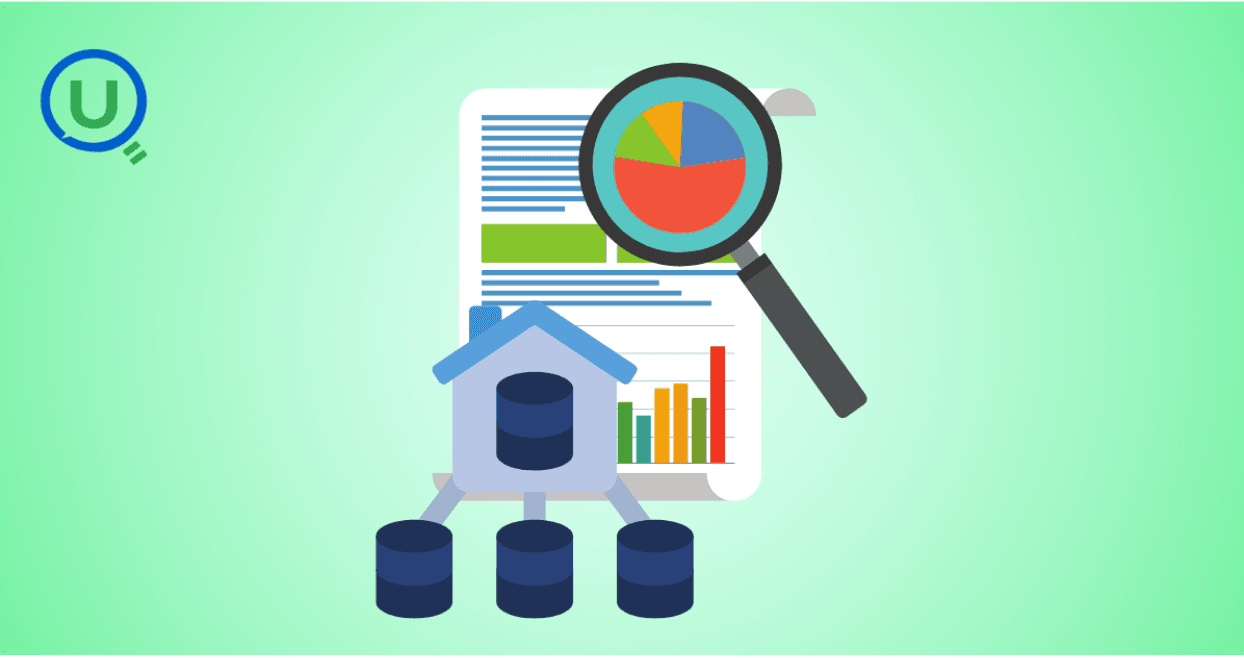
Learn what a data mart is, its types, and key benefits. Discover how data marts empower departments with faster, targeted data access for improved decision-making, and how they differ from data warehouses and data lakes.

Master data strategy: Understand data mart vs data warehouse key differences, benefits, and use cases in business intelligence. Enqurious boosts your Data+AI team's potential with data-driven upskilling.

Learn what Azure Data Factory (ADF) is, how it works, and why it’s essential for modern data integration, AI, and analytics. This complete guide covers ADF’s features, real-world use cases, and how it empowers businesses to streamline data pipelines. Start your journey with Azure Data Factory today!
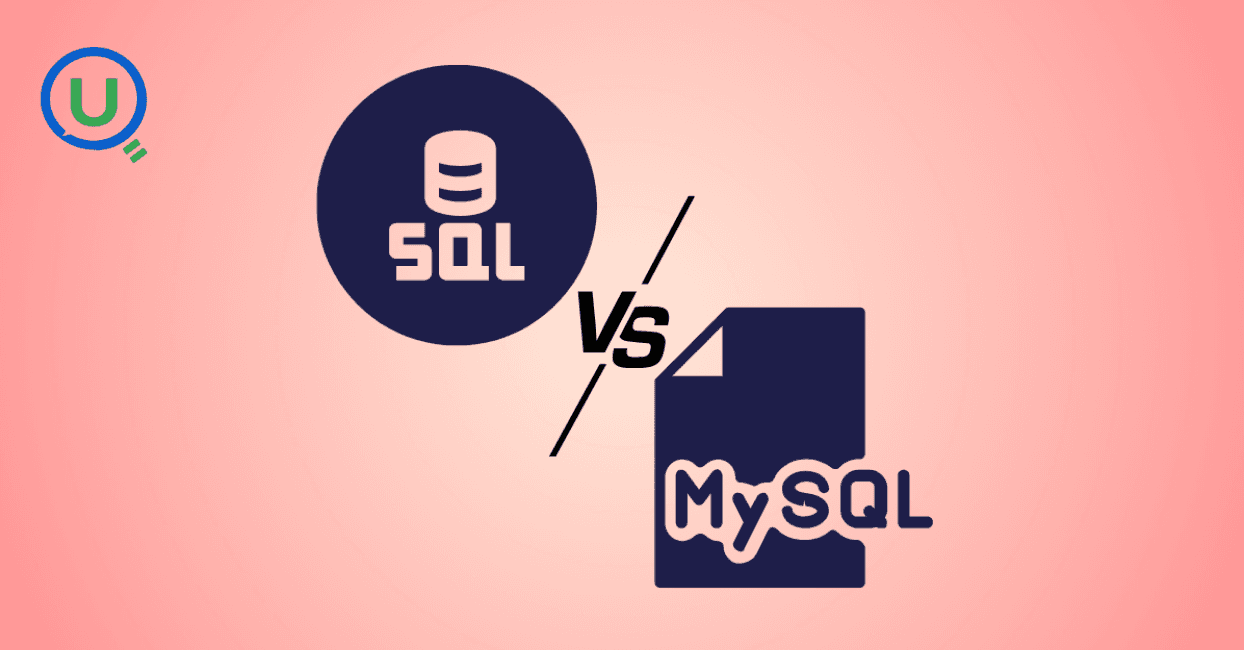
Discover the key differences between SQL and MySQL in this comprehensive guide. Learn about their purpose, usage, compatibility, and how they work together to manage data. Start your journey with SQL and MySQL today with expert-led guidance from Enqurious!
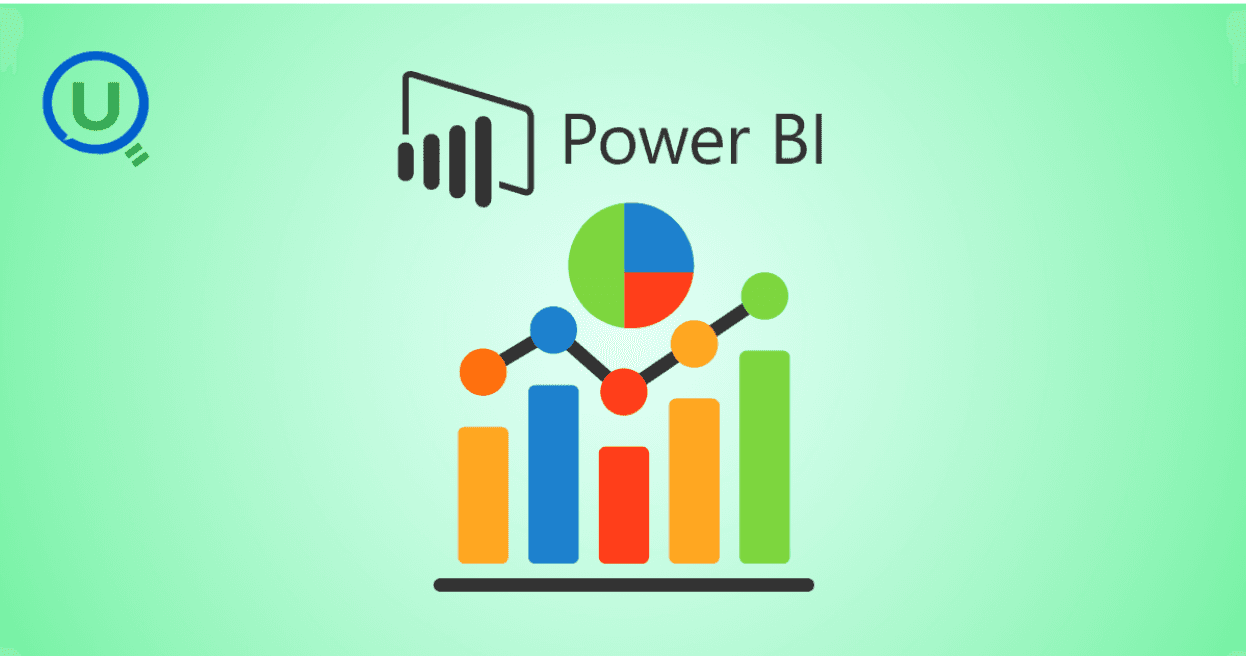
Learn Power BI from scratch in 2025 with this step-by-step guide. Explore resources, tips, and common mistakes to avoid as you master data visualization, DAX, and dashboard creation. Start your learning journey today with Enqurious and gain hands-on training from experts!
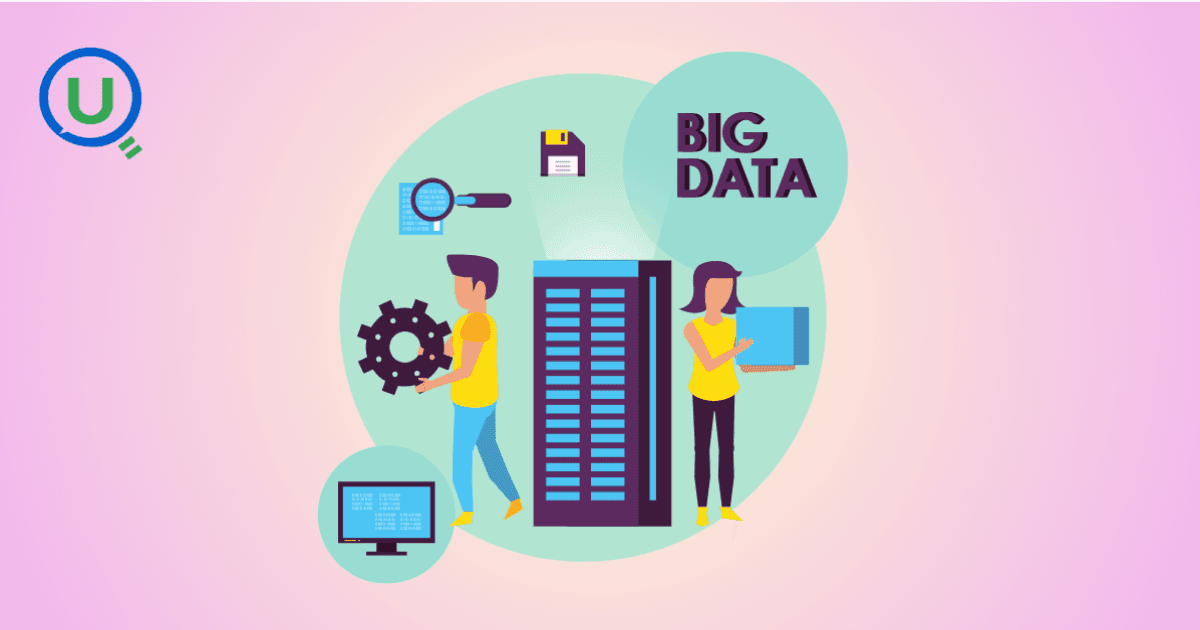
Big Data refers to large, complex data sets generated at high speed from various sources. It plays a crucial role in business, healthcare, finance, education, and more, enabling better decision-making, predictive analytics, and innovation.
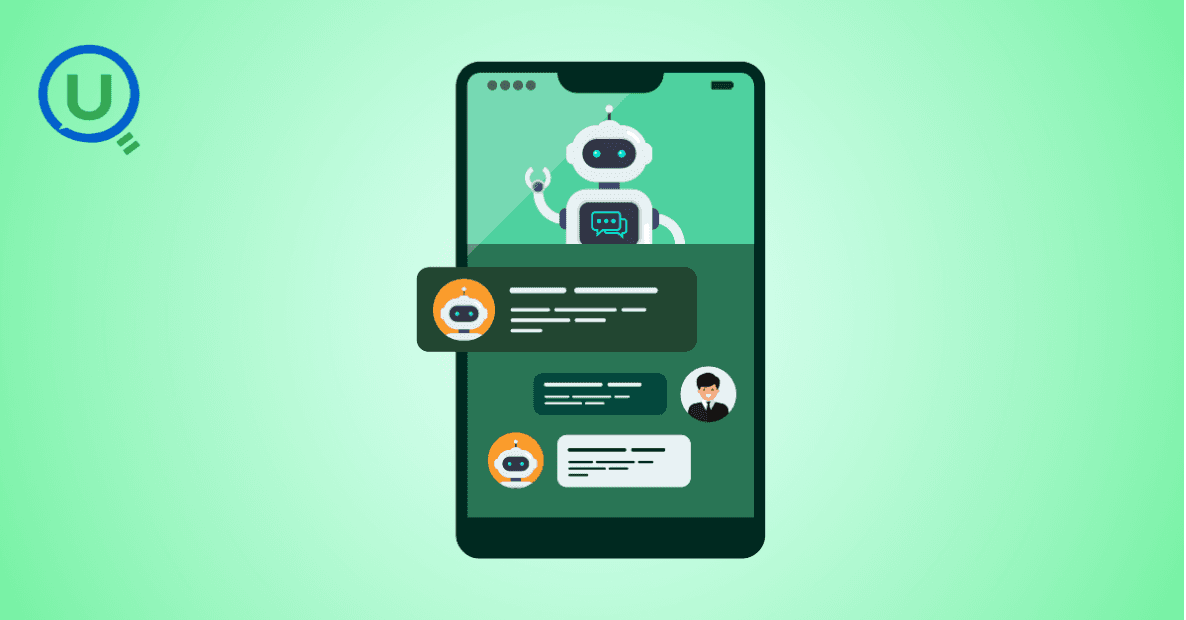
Discover the power of prompt engineering and how it enhances AI interactions. Learn the key principles, real-world use cases, and best practices for crafting effective prompts to get accurate, creative, and tailored results from AI tools like ChatGPT, Google Gemini, and Claude.

Learn what a Logical Data Model (LDM) is, its key components, and why it’s essential for effective database design. Explore how an LDM helps businesses align data needs with IT implementation, reducing errors and improving scalability.

Discover the power of a Canonical Data Model (CDM) for businesses facing complex data integration challenges. Learn how CDM simplifies communication between systems, improves data consistency, reduces development costs, and enhances scalability for better decision-making.

Discover the 10 essential benefits of Engineering Data Management (EDM) and how it helps businesses streamline workflows, improve collaboration, ensure security, and make smarter decisions with technical data.

Explore how vibe coding is transforming programming by blending creativity, collaboration, and technology to create a more enjoyable, productive, and human-centered coding experience.

Learn how Azure Databricks empowers data engineers to build optimized, scalable, and reliable data pipelines with features like Delta Lake, auto-scaling, automation, and seamless collaboration.

Explore the top 10 data science trends to watch out for in 2025. From generative AI to automated machine learning, discover how these advancements are shaping the future of data science and transforming industries worldwide.

Discover the key differences between data scientists and data engineers, their roles, responsibilities, and tools. Learn how Enqurious helps you build skills in both fields with hands-on, industry-relevant learning.

Discover the 9 essential steps to effective engineering data management. Learn how to streamline workflows, improve collaboration, and ensure data integrity across engineering teams.
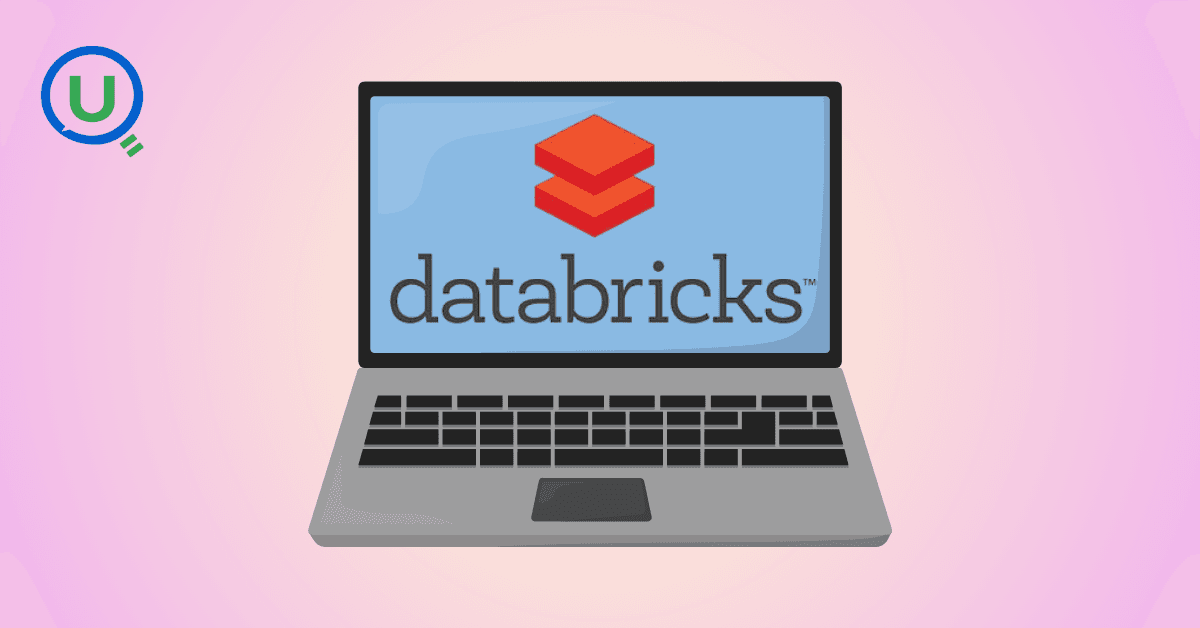
Azure Databricks is a cloud-based data analytics platform that combines the power of Apache Spark with the scalability, security, and ease of use offered by Microsoft Azure. It provides a unified workspace where data engineers, data scientists, analysts, and business users can collaborate.

In today's data-driven world, knowing how to make sense of information is a crucial skill. We’re surrounded by test scores, app usage stats, survey responses, and sales figures — and all this raw data on its own isn’t helpful.

In this blog, we will discuss some of the fundamental differences between AI inference vs. training—one that is, by design, artificially intelligent.

This guide provides a clear, actionable roadmap to help you avoid common pitfalls and successfully earn your SnowPro Core Certification, whether you’re making a career pivot or leveling up in your current role.

"Ever had one of those days when you’re standing in line at a store, waiting for a sales assistant to help you find a product?" In this blog we will get to know about -What is RAG, different types of RAG Architectures and pros and cons for each RAG.

Discover how Databricks and Snowflake together empower businesses by uniting big data, AI, and analytics excellence

How do major retailers like Walmart handle thousands of customer queries in real time without breaking a sweat? From answering questions instantly to providing personalized shopping recommendations, conversational AI reshapes how retailers interact with their customers.